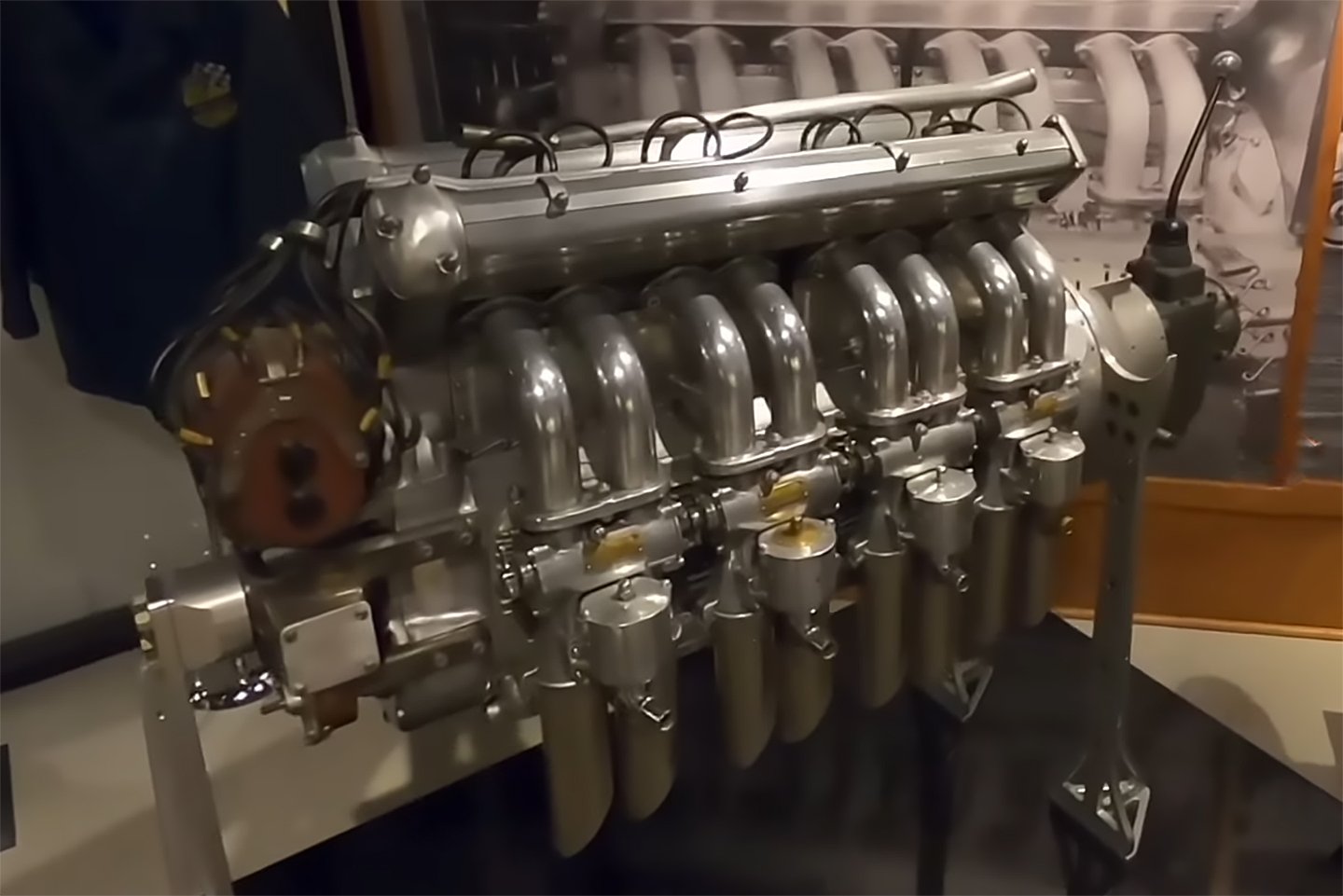When it comes to the Mustang platform, crafting a standout vehicle can be quite challenging. After all, the Mustang has held the title of the best-selling sports car globally for the past decade. Consequently, there is a surplus of similar builds, even with forced induction playing a significant role in the community. Over time, maintaining a unique yet tasteful approach has become increasingly difficult. However, here at Ford Muscle, we hold performance in the highest regard, which led us to seek out some of the most extraordinary engine builds that break away from the norm and evolve into potent powerhouses. Here are five builds that caught our attention at the Mustang Week 2023 car show.
FrankenStang Comes To Life
The 1999-2004 Mustang might have had its edge when the 2003 Cobra was introduced. The introduction of the soon-to-be legendary 4.6-liter supercharged engine made the competition more than a little nervous, particularly due to its mod-friendly nature. However, Joey Chestnut decided to take things a step further with his 2001 Mustang GT, steering away from the traditional Mustang Modular path by opting for a 5.4-liter Ford F-150 Lightning engine as a suitable replacement.
While Lightning engine swaps are not uncommon among those seeking the low-end grunt that the 2-valve engine provides, Chestnut compounded the power through the use of an additional pair of 6062 Comp Turbos to supplement the Lightnings already supercharged engine. This twin-boosted setup not only delivers a broad power range that peaks at a massive 980 horsepower and 1,018 lb-ft of torque with just 12 psi, but it also left spectators entertained throughout the week as they marveled at the ingenious engineering behind it.
EcoBoost On Full Send
When you’re the fastest EcoBoost Mustang in the world and hold the current horsepower record for all EcoBoost platforms, you’re bound to have a wild engine bay to match. Jessie Ringley pulled no punches with his build, as a massive Precision 8085 turbo dominates the majority of the passenger side of the engine bay. Being one of the few pushing the boundaries of the EcoBoost platform is no easy feat, but after graduating with an engineering degree, Ringley has made it his mission to design products for those who want to achieve more with less through his company, Engineered Motorsports Solutions.
Some may scoff at the thought of having four fewer cylinders, or might argue how easily a Coyote engine can produce 1,000 horsepower. However, this engine has achieved an impressive 251 wheel horsepower per cylinder or 437 wheel horsepower per liter of displacement, whichever comparison you prefer to your current V8, all this being done with a smaller turbo. Needless to say, we’re eagerly anticipating a seven-second time slip from this blue blur in the near future!
Big Turbo S197 Glides Through The Streets
The distinction between a street car and a race car can sometimes blur into a gray area. In recent years, the term “street car” has gained popularity among those who want to distance themselves from being labeled as purely race-oriented. However, Chris VanSciver’s 2011 Mustang strikes a perfect balance, even if there is a Powerglide tucked inside the transmission tunnel.
At first glance, this S197 might appear to be just another Candy Red Metallic Mustang adorned with Weld Wheels and a roll bar. However, once you peer through the grille, your eyes are immediately drawn to the massive Borg Warner S488 T-6 turbocharger and intricately fabricated custom turbo kit built by Michael Strausser. But that’s just the beginning.
With major help from Sean Kelley, VanSciver’s 2011 Mustang saw numerous revisions in the engine bay over the years, the latest iteration housing a fully built and sleeved Gen-2 Coyote block. A Holley Sniper EFI intake manifold accepts the boost pressure following its journey through air-to-water intercooler, while Turbosmart Hypergates regulate the exhaust gas flow. A Holley Dominator tuned by Josh Tonski from Horsepower Solutions makes sure the entire combination works in unison. With the hood closed and the car turned off, this Candy Red Metallic machine reveals little about just how fast it is, and that’s precisely what captivated us.
Naturally Aspirated Never Looked So Good
Certain cars manage to leave a lasting impression, even without forced induction, and Josh Miller’s 1992 Mustang GT is a perfect illustration of this. By harnessing the power of a modern 5.0-liter Coyote engine, he nearly doubled the original horsepower figures, transforming the car into a potent performer. However, it takes more than simply dropping a Coyote engine into an engine bay to create a truly standout vehicle.
In terms of aesthetics, Scott Rod Fabrications engine bay panels were employed to eliminate the unsightly factory holes, while the firewall was meticulously smoothed out. The addition of a hydroboost brake system and a tubular radiator support further enhanced the car’s performance capabilities. Atop the Coyote engine, a BOSS 302 intake manifold was installed, and a carbon fiber JLT Performance intake added the finishing touch to the overall visual appeal. Remarkably, even without forced induction, the immaculate quality of this engine swap and paint by TJFAB had attendees stopping in their tracks throughout the entire weekend.
1993 Terminates Lackluster Horsepower
Ten years before the 2003 SVT Cobra hit the market, the final year of the Fox Body Mustang were leaving the dealerships. While both cars were known for their performance during their respective eras, the Cobra boasted of significantly more power, but also carried a substantially greater weight overall. Unfortunately, the power gains from the Cobra’s supercharged 4.6-liter engine were somewhat negated by the vehicle’s overall heft.
Derrick Farley sought to blend the best of both worlds, leading to his 1993 Mustang notchback receiving a 2003 Cobra engine swap. While many would have been content with the newfound power, Farley yearned for more and embarked on an extensive optimization journey.
The engine underwent a comprehensive overhaul, including the installation of aftermarket pistons and rods. Additionally, the heads were fitted with 1998 Cobra camshafts, and a Cobra Engineering head cooling modification was executed. With the engine now fortified, the supercharger was ported by Stiegmeier, resulting in a boost pressure of 16 psi thanks to its Metco pulley combination. To efficiently expel exhaust gasses, Ford Racing shorty headers were employed. The combination of chassis weight and engine power has terminated any lackluster performance this notchback might have once had.
There’s More Where This Came From
With 600 cars showcased in the car show field, there was certainly no shortage of spectacular Mustangs at the event! Stay tuned, as we’ll continue to bring you further coverage of Mustang Week 2023













